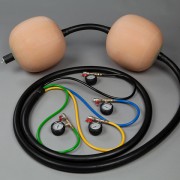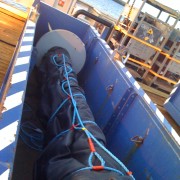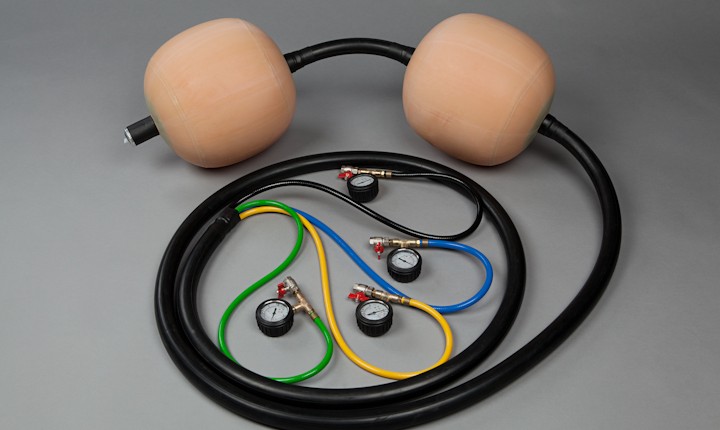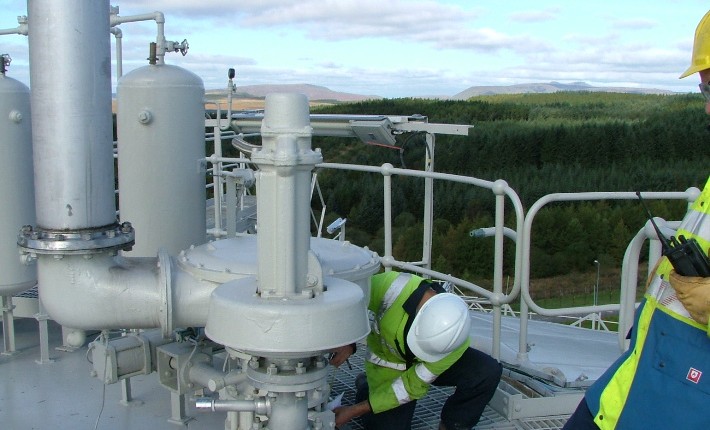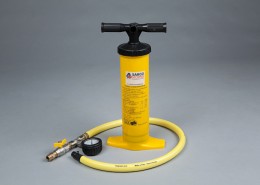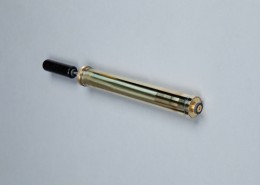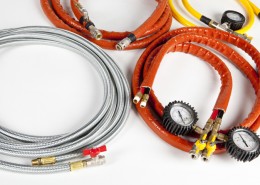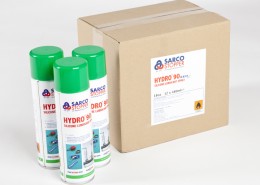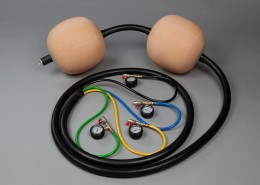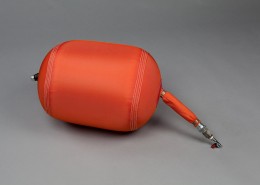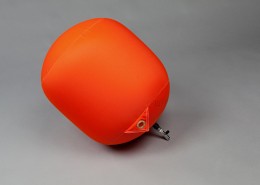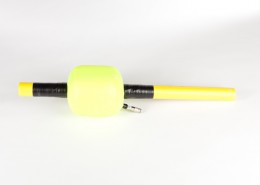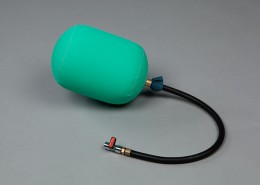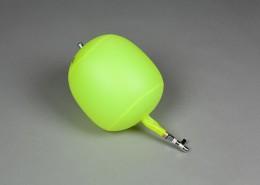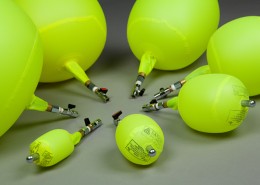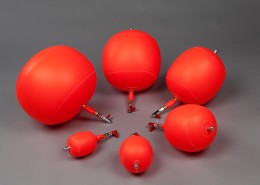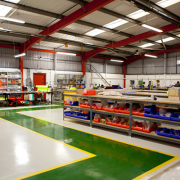Edrington – Valve Replacement At Distillery
Ultra Twin Bag Stopper Set Used..
Water Storage Tank
Passing Valves
Macallan Distillery extracts water from the river Spey for cooling purposes via 3 x 12” and 2 x 10” pipes which are installed underground from the river bed into a stainless steel tank inside the pumphouse.
Inside the tank within the pumphouse the pipes extend approximately 500mm into the tank and each pipe is terminated with an isolation valve which is installed with an extended spindle.
Was a 2” galvanised pipe attached, which is an air supply for back flushing the intake pipes. To carry out the back flush the large butterfly isolation valve was closed and then the 2” air valve opened to send air back along the intake pipe to the river to clear any silt build up. Through time the isolation valve had worn / corroded resulting with very poor sealing, also the galvanised pipe had corroded to the extent that it was holed just where it connected to the stainless steel pipe. The end result of all this was that when the back flush was in operation, more air came back into the tank than went to the river and when the tank was drained for maintenance there was no way of isolating the water.
To resolve the problem, the need was to replace the isolation valves and the galvanised pipework. Not a difficult project other than that fact there was no way of isolating the river from the tank as these five isolation valves, one per line, were the only means of isolation.
The first thought was to dig the embankment between the pumphouse and the river to expose the pipes and then “freeze” the pipes to allow the work to be carried out. But apart from the quite heavy costs involved, this had other issues, if the river rose severely, which only takes a matter of hours, then the excavation could be washed out and potentially undermine the pumphouse.
The other option was to install some form of inflatable bag inside the pipes, but with no access to the pipes in the river, this could only be done from inside the tank.
So we purchased the double bag stoppers from yourselves and recruited a diver to enter the tank to insert the double bag set up into each of the pipes. The bags had to be inserted through the open butterfly valve and far enough up the pipe to allow the galvanised pipe to be removed and replaced with a stainless steel pipe, which would require to be welded.
The diver inserted one double bag stopper at a time and we inflated them to 3 bar via a small manifold. Once all the bags were inserted and inflated we pumped out the tank until it was empty.
All the bag stoppers fitted and inflated via the manifold and pressurised to 3 bar and the tank drained.
The air supply lines to each bag stopper were connected to the manifold with a quick release self-sealing fitting, which could be disconnected and the bags still remained pressurised.
With the tank empty and the bag stoppers giving, I can honestly say, a 100% seal, the valves could then be removed. The air supply lines were then disconnected and fed through the open old valves, with the new valves fitted in the reverse procedure. The galvanised pipes were also removed and the stainless steel pipes welded in place.
Once all the works was completed the ball stoppers were deflated and the tanked subsequently refilled. The diver then re-entered the tank and removed the ball stoppers.
With all the works complete inside the tank, the valves were then fitted with actuators and the system of back flushing was completely automated.
During the night in turn each pipe isolation valve closes and the air valve opens for a set time to clear the pipe, this also happens if the tank low level is triggered.
All in all the project went very well, the bags were a great success, and with the double bag set up it provided a very safe working environment. The bags were inserted on the Monday and removed on the Thursday. We kept the air supply lines connected to the pressurised manifold at all times apart from the actual changeover of the isolation valves.
Company Engineer


